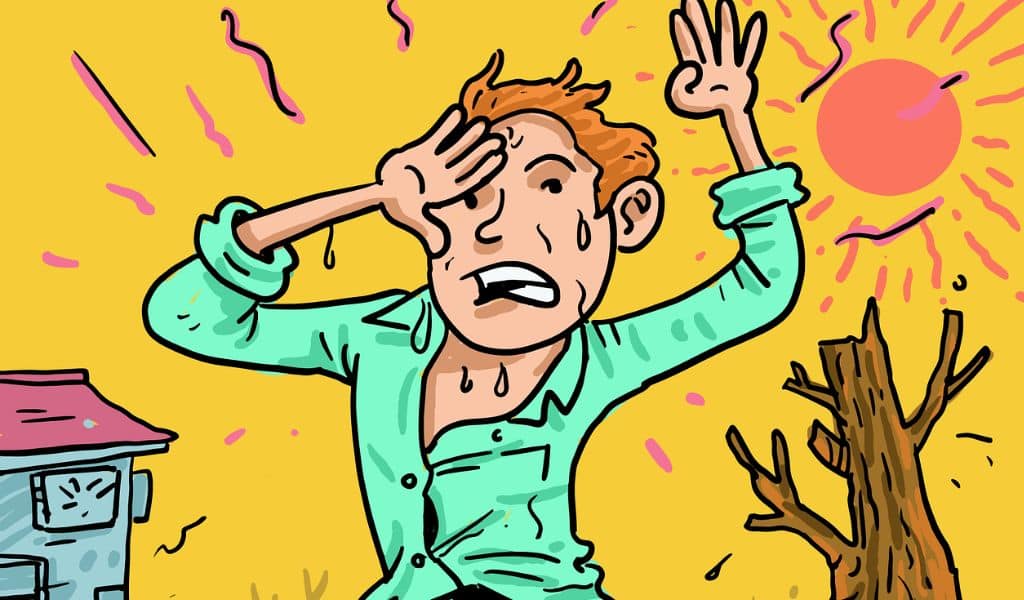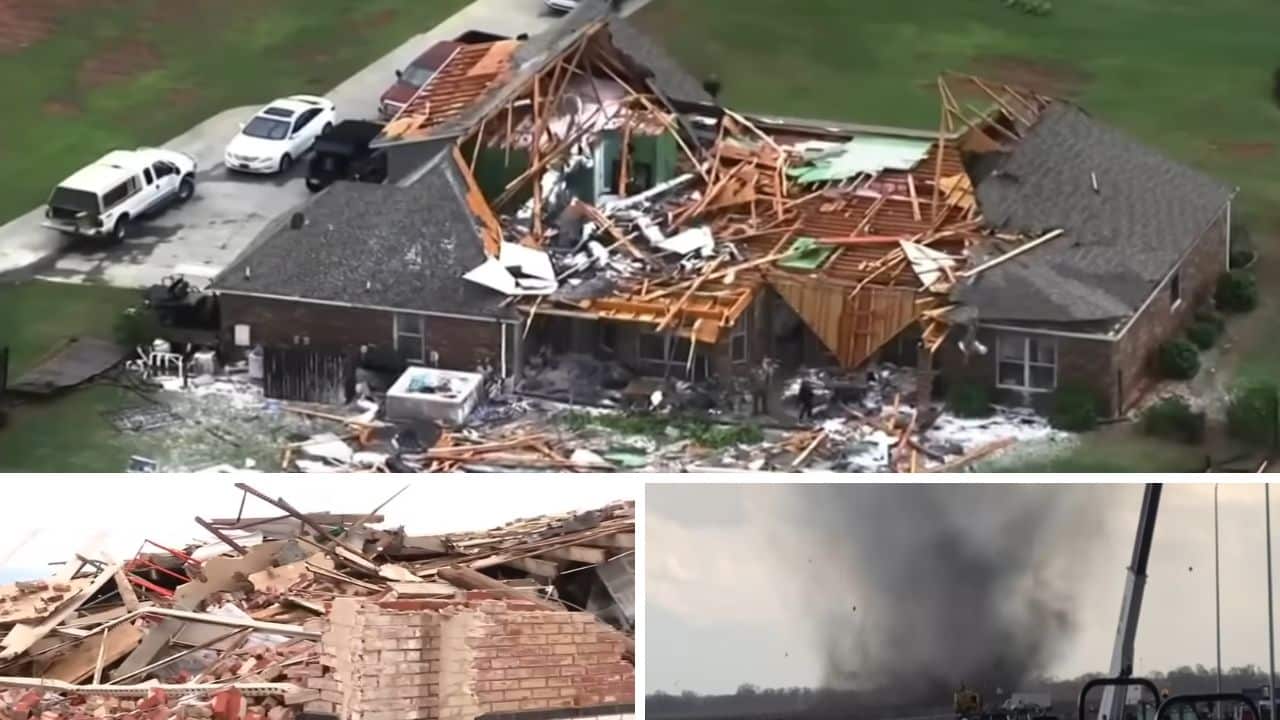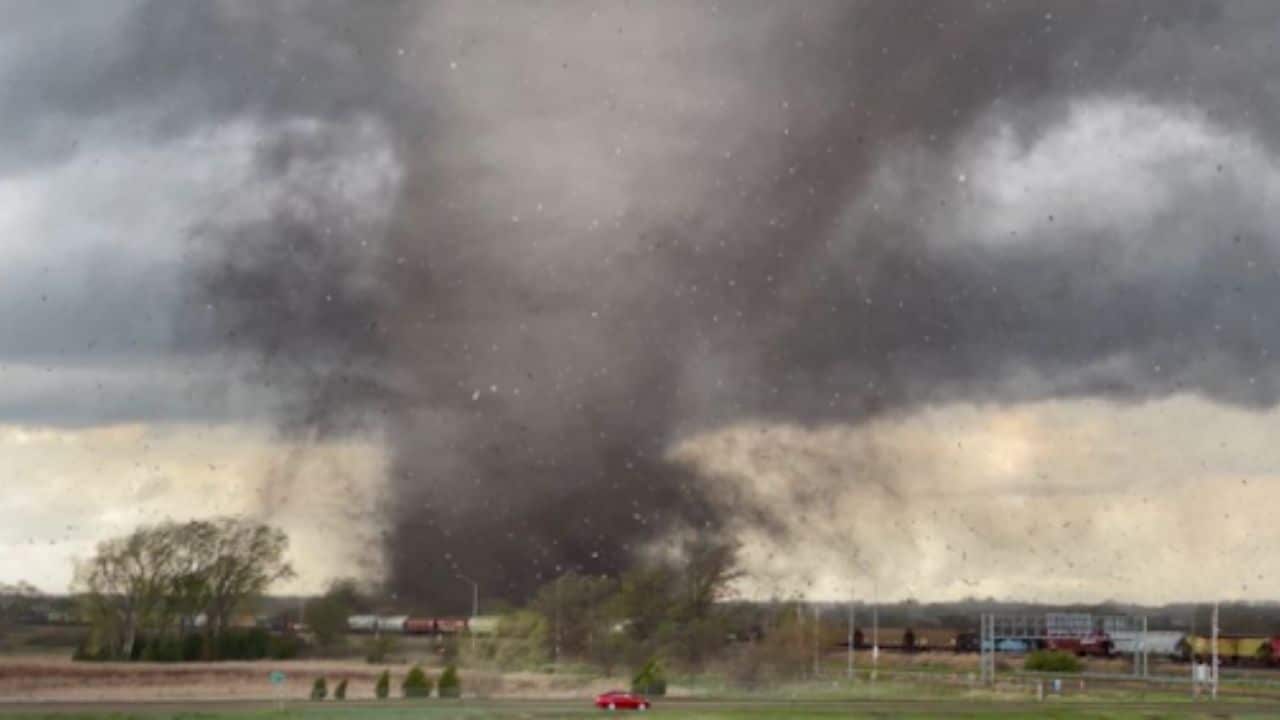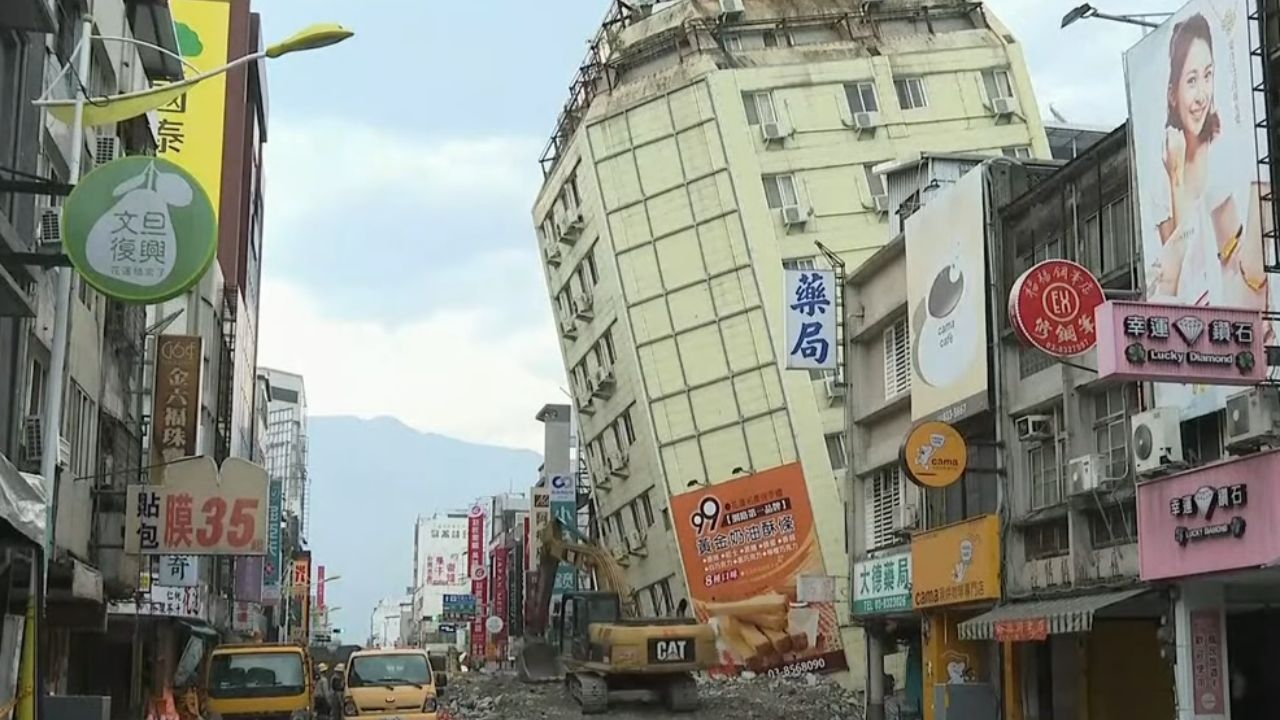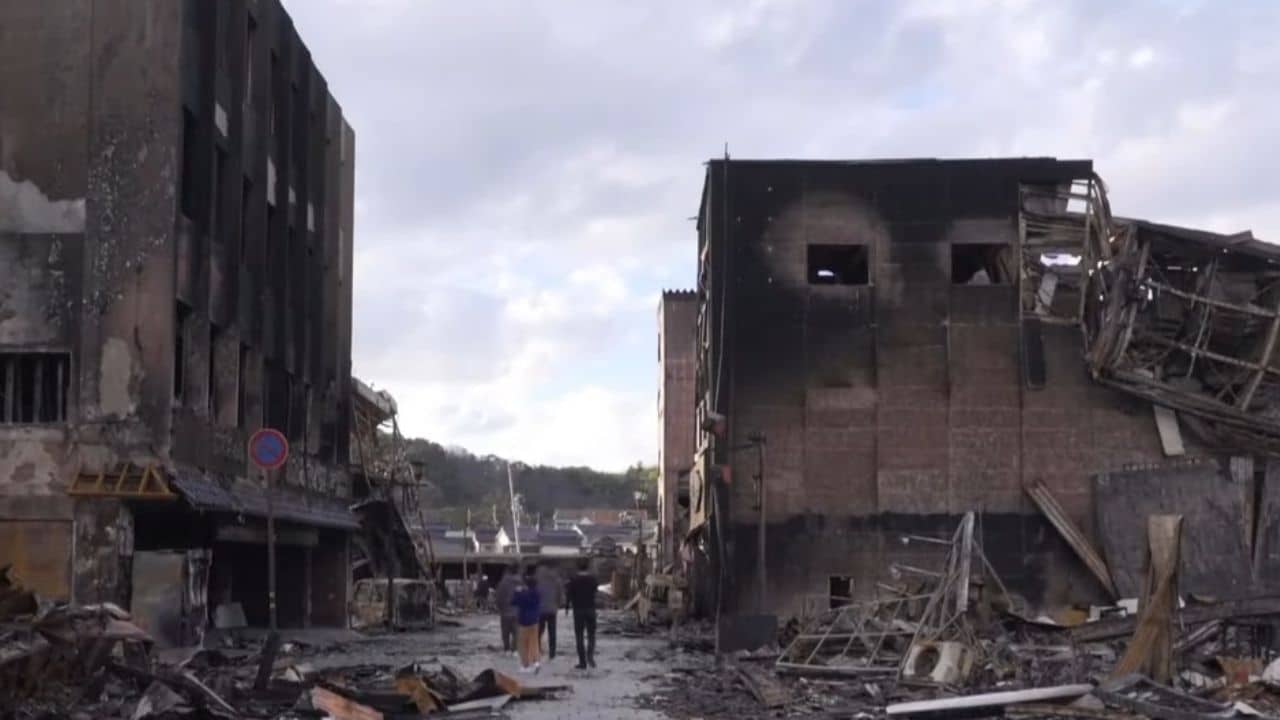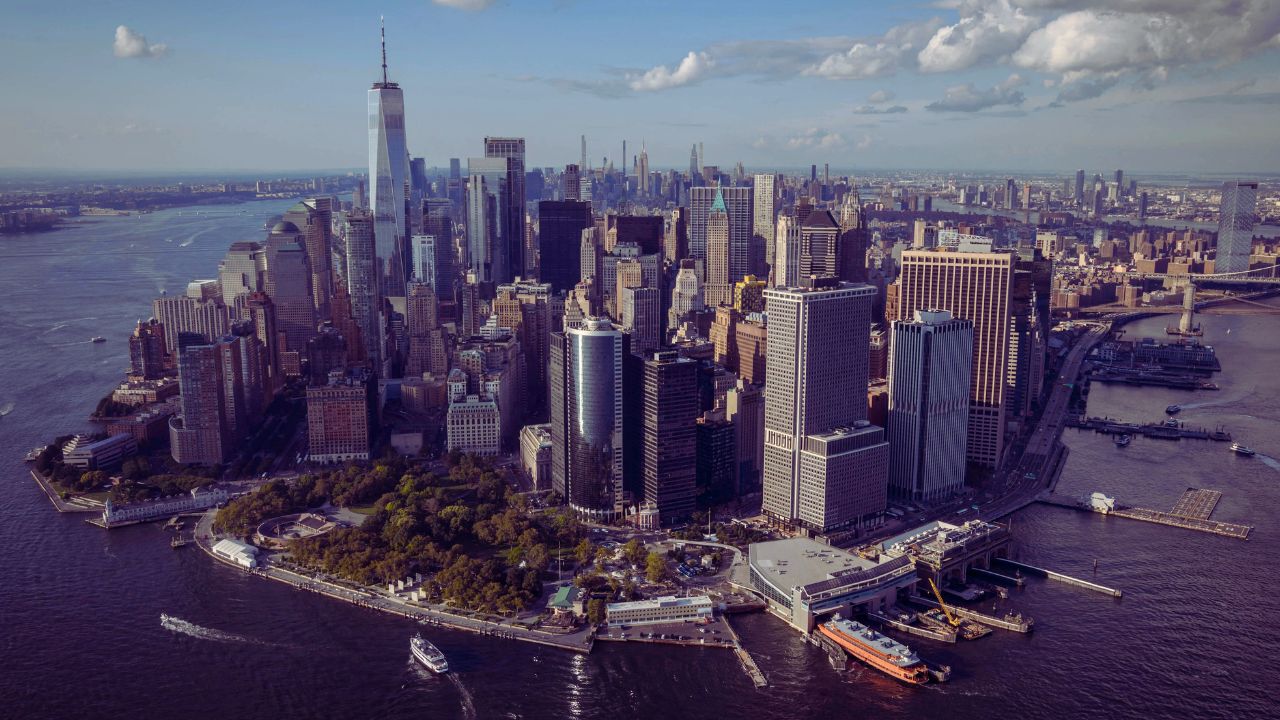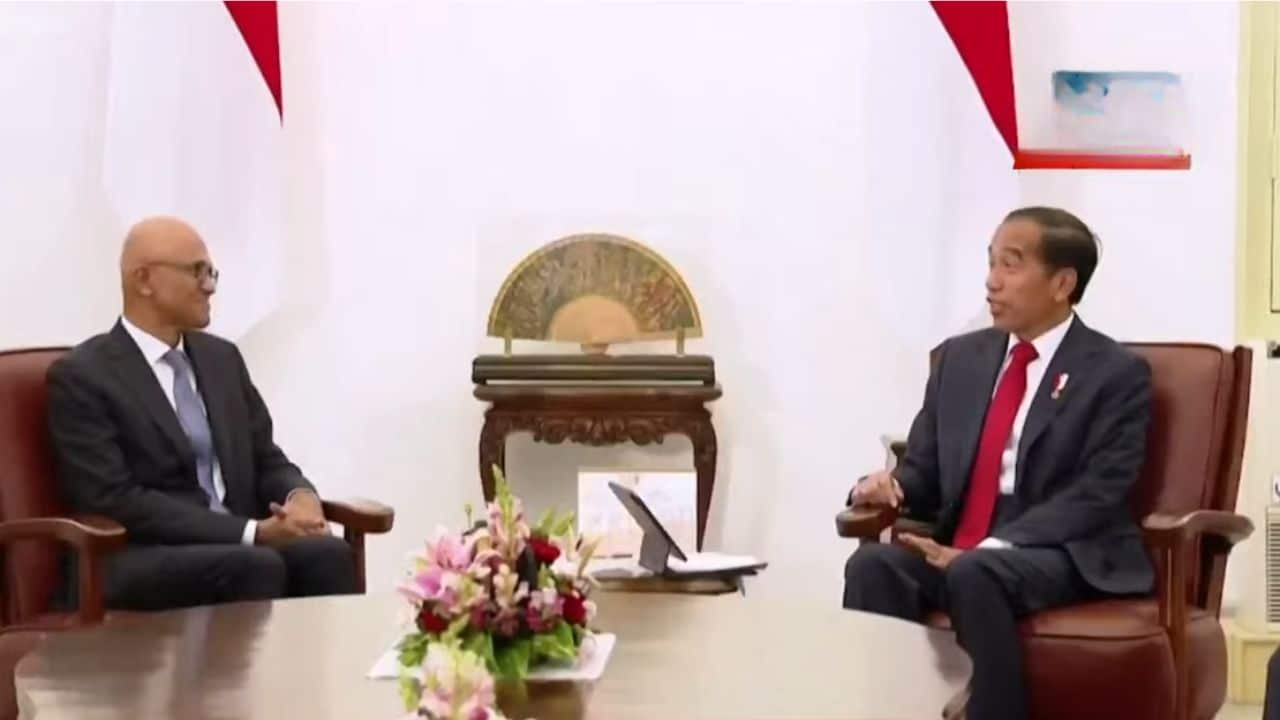Have you heard about Mohammad Shukkur Ali? He’s this incredible rickshaw puller in Dhaka, Bangladesh. Come rain or shine, this guy is out there, hustling in his 50s. This year though, the heat’s been brutal. Dhaka had temperatures soaring up to 40.6°C in April – that’s a record!
Despite the scorching heat, Ali can’t take a break. Living in a rented room with his wife and two kids, he puts it plainly, “I need to work because we are poor.” And it’s not just the streets he navigates; there are other challenges. He works in this posh area of Dhaka called Gulshan – think upscale apartments and embassies. To even get in, he wears a jacket over his shirt, which in this heat, trust me, is far from ideal.
But Dhaka isn’t the only place feeling the heat. With the Ukraine war messing with fuel supplies, there are frequent power cuts, adding to the heat waves. This surge in temperature isn’t a Bangladesh-only affair. From North America to Europe, it’s been a fiery year, with July being tipped as the world’s hottest month ever.
Remember the global goal to cap warming at 1.5°C? Scientists are hinting that we might cross that line within the next four years. Right now, we’re already 1.1°C above what our planet was like in the good old pre-industrial days. Asia, especially, has been sizzling. Recent studies show temperatures here spiked by 2°C in some places. And with over 4.5 billion people, that’s no small issue.
Across Asia, the repercussions are real. South Korea reported 23 heat-related deaths between May and August – that’s three times more than last year! And did you catch the news about the World Scout Jamboree in Buan? Hundreds suffered from heat exhaustion.
Japan’s also been on alert. Half the country got heatstroke warnings in July. Tokyo, usually warm, touched a sizzling 38°C. Reports say around 9,000 people were hospitalized due to the heat in just a week.
China and India haven’t been spared either. Xinjiang in China recorded a scorching 52°C in July. Meanwhile, parts of Delhi, India, felt the heat at a record 49.2°C.
South East Asia’s feeling the burn too! This April and May, which are already the region’s hottest months, have hit record temps.
Heatwaves? They’re brutal. We often talk about earthquakes and floods being deadly, but heatwaves can be just as bad, if not worse. What’s tricky is that they’re kind of sneaky. People might pass away from things like exacerbated diabetes in the heat, but it’s not immediately clear that the heatwave was the underlying cause.
You know that exhausted feeling on a super-hot day? It’s because our hearts are working overtime. If your core body temp rises by just half a degree, your heart rate jumps up 10 beats every minute. And if it hits and stays above 40°C, you’re in danger of heatstroke, which can lead to some serious stuff like organ failure. That’s according to the folks over at Mayo Clinic.
Then there’s the humidity factor. It gets so sticky that the sweat just clings onto you and doesn’t evaporate, making it tough to cool down. Winston Chow from Singapore Management University puts it plainly, saying, “It’s dangerous when we lose our natural cool.”
There’s this term, “wet-bulb temperature.” It’s the combo of heat and humidity, and a 35°C reading on this is pretty much our human limit. After that, it gets unbearable. Just ask Senthil Logesh. He’s this young construction worker in Singapore. The city matched its 40-year-old record in May, hitting 37°C. Logesh says they’ve got these heat shelters and water spots at his work site, but even then, everyone’s always “soaked in sweat.”
And guess what? The population’s expected to double in Asia over the next decades. We’re talking about cities booming in places like Thailand, Indonesia, and Vietnam. More people, more construction, and all in hotter conditions. Professor Chow, who’s also involved with the UN’s top climate group, says we need to be thinking about how to reduce risks for these future city dwellers.
Dealing with Heatwaves
In places like Singapore, one of South East Asia’s richer spots, they’ve got the resources to help people beat the heat. Think air-conditioned malls and homes, more green spaces in the plans, covered walkways, and building designs that give folks a bit of a break from the sun.
But, man, not all countries in the region have that kind of cash. Even when there are ideas on how to tackle the heat, the funds might not be there, and it’s often the poorer communities that get left out in the sun.
Take Thailand. They’ve got this early warning system when a heatwave is coming. It’s a heads up to find some shade or maybe put on some lighter-colored clothes. But, as Chaya Vaddhanaphuti, who helped with a report on Asia’s heatwaves, pointed out to the BBC, not everyone can just follow those recommendations. What about the homeless, the elderly, or the disabled? She stressed that these plans should be more inclusive. Right now, they’re more like general tips than solid advice.
However, it’s not all grim news. Over in Ahmedabad, a city in western India, they came up with a budget-friendly solution after a killer heatwave in 2013 took over 1,000 lives. Here’s their bright idea: paint the roofs of homes in migrant slums with white paint to reflect the sun. And it’s not just a few homes; we’re talking about a quarter of the city’s households. Plus, they keep public parks open all day, so folks like street stall owners and construction workers can catch a break in the shade. It’s such a neat plan that other cities in India are giving it a go too!
People are saying that we could be doing a lot more for the folks who are hardest hit by natural disasters, like heatwaves. These are often the people who don’t have the money or the right setup to deal with it all.
Let me tell you about Krishni Tharu from Nepal. On those super-hot summer nights, she’s there in Nepalgunj, squeezed into a room with her two kids and her mother-in-law, all of them trying to get some relief from a single standing fan. And I’m talking really hot nights – like 44°C (that’s 111°F) hot, in June!
Now, you might think Nepal, where Mount Everest is, would be a bit chillier. But the thing is, from May to July, things get toasty. And year on year, the temperatures just keep climbing.
Krishni busts her back every day, working from sunrise to sunset in construction, trying to scrape together around US$4.50 per shift to keep her family afloat. With the heat cranking up every year, the job’s become an even tougher slog. But, as she shared , there’s no way out for her. She’s got mouths to feed. Taking a break? Not an option. She said it plain and simple: “I have to work.”


